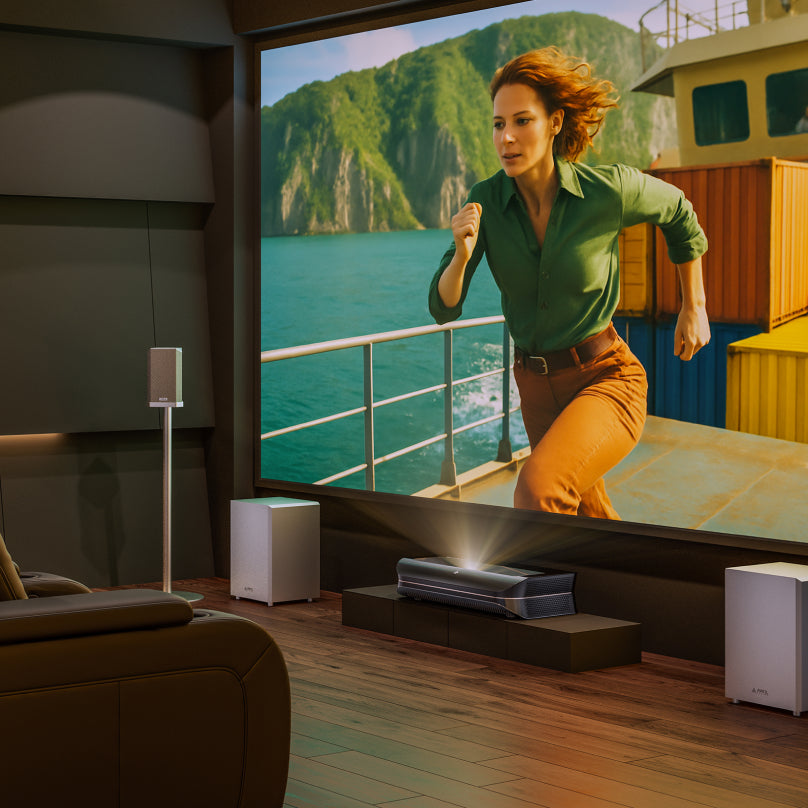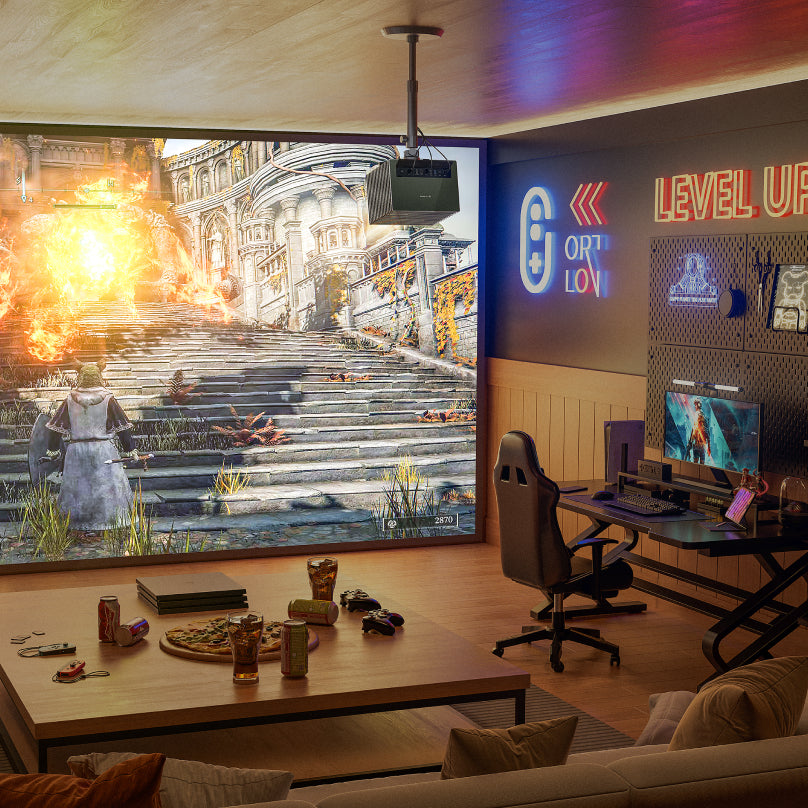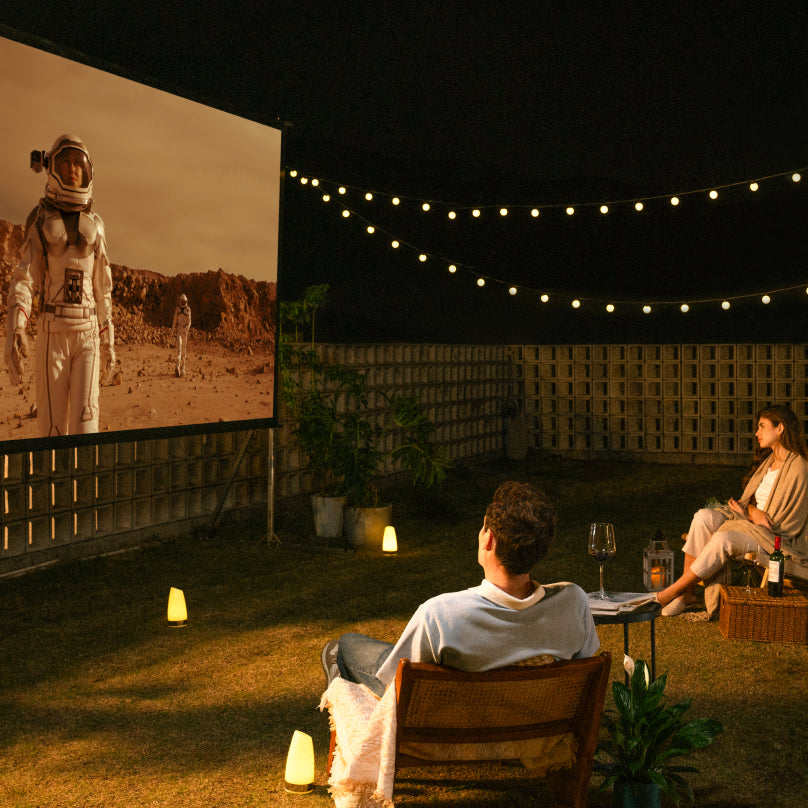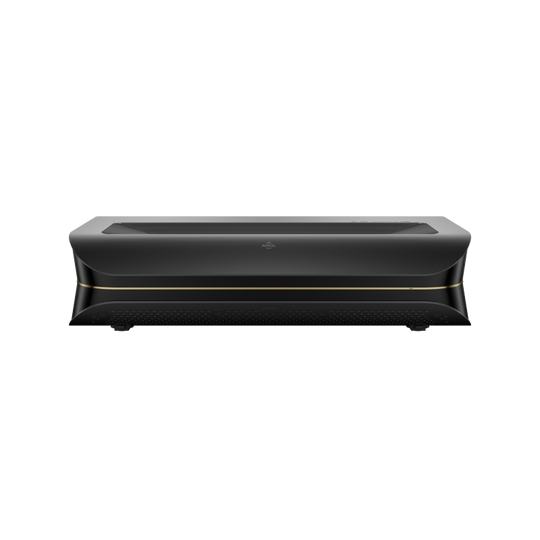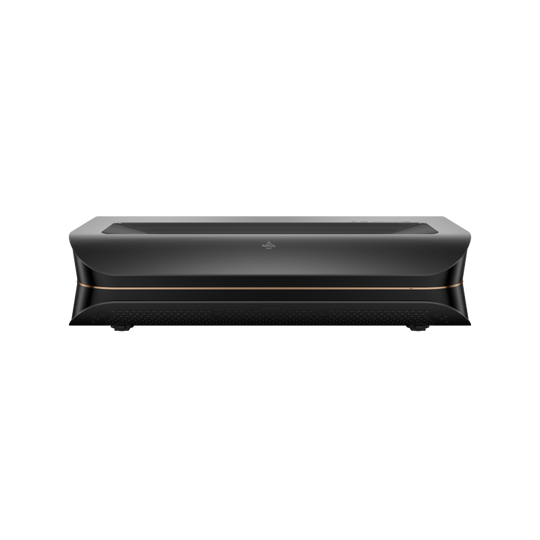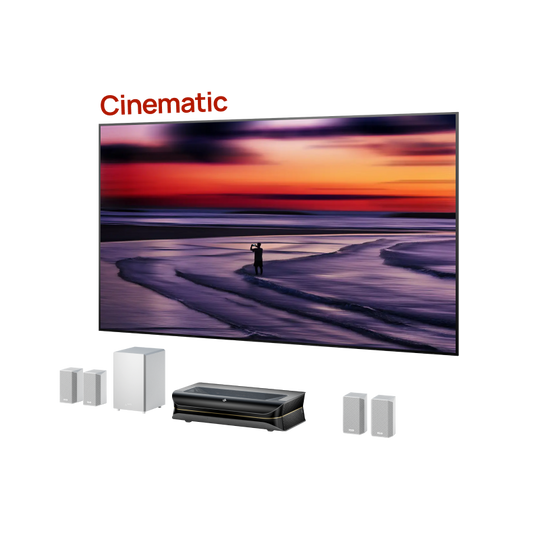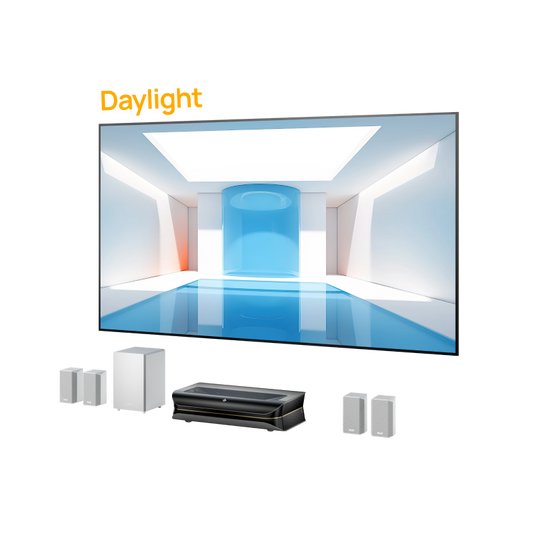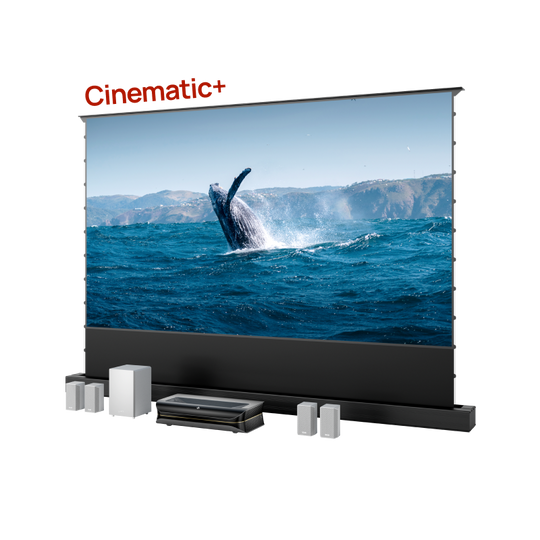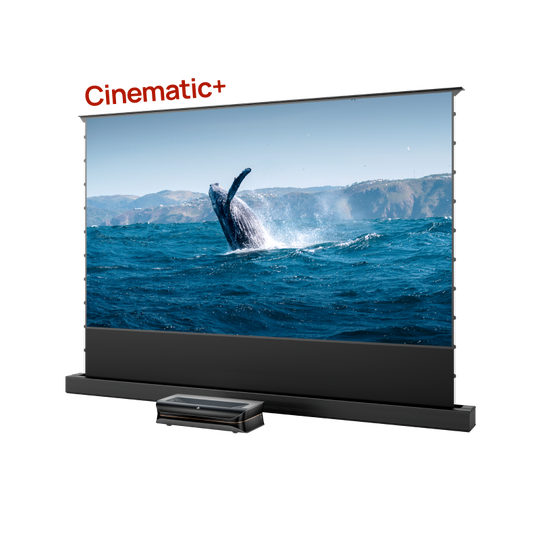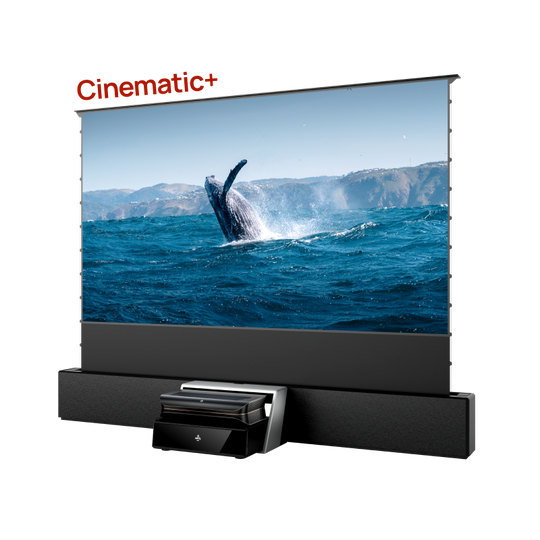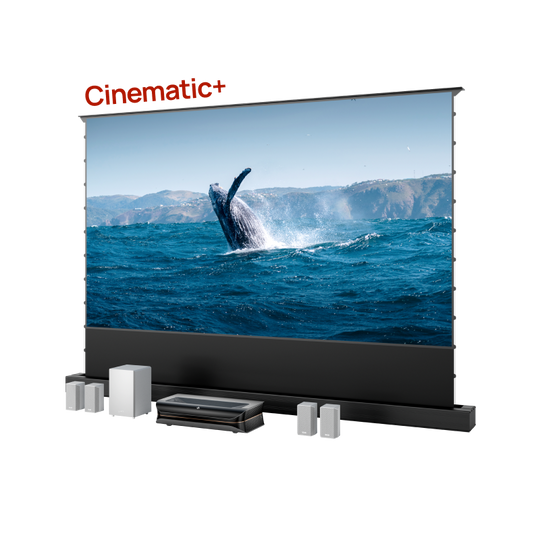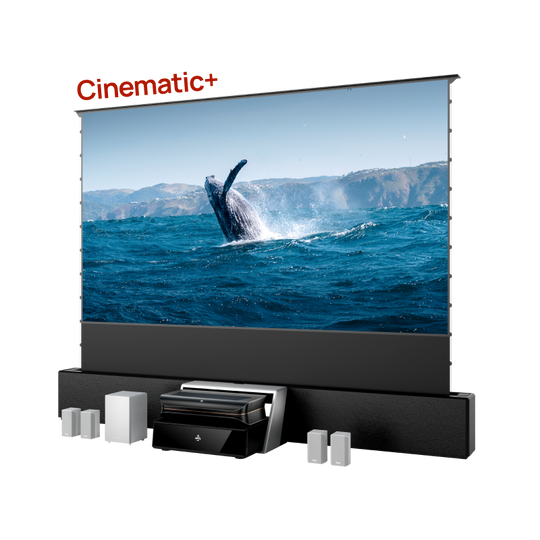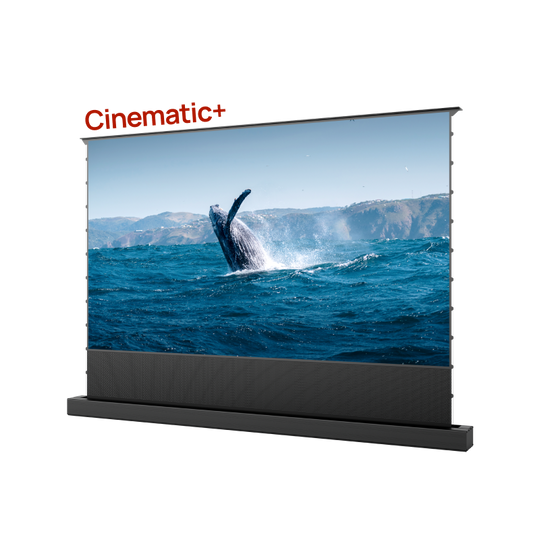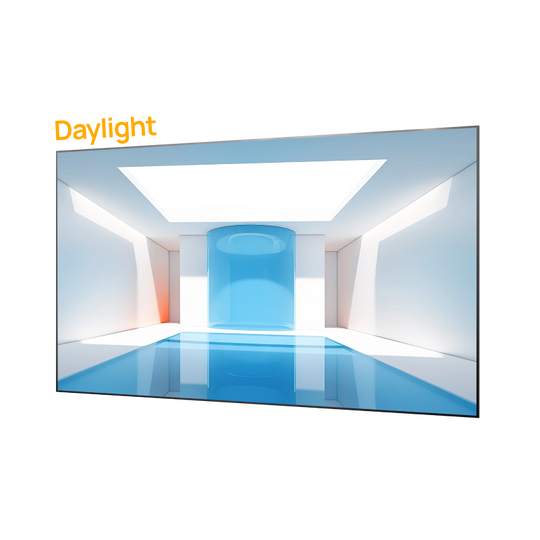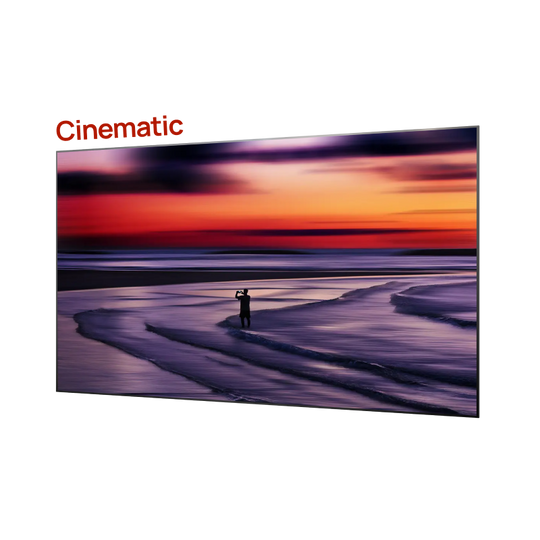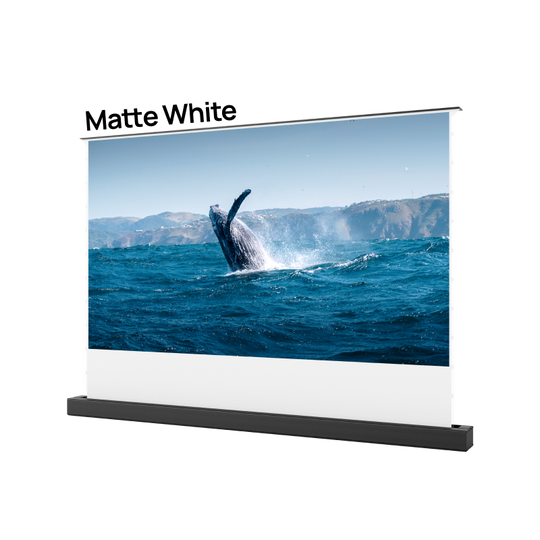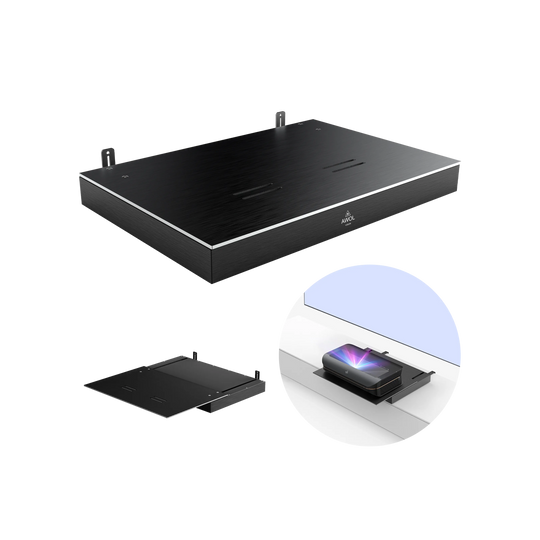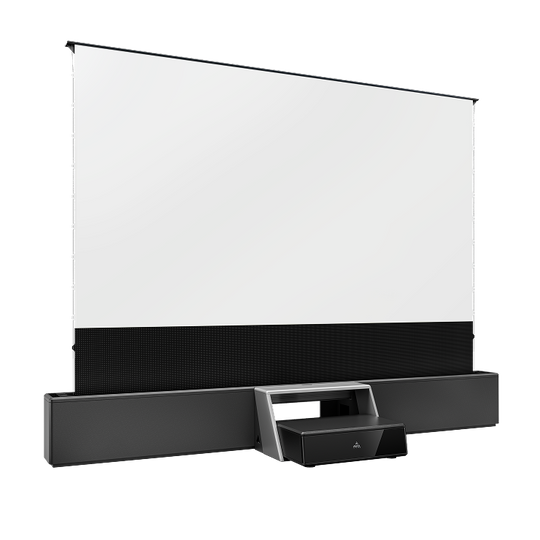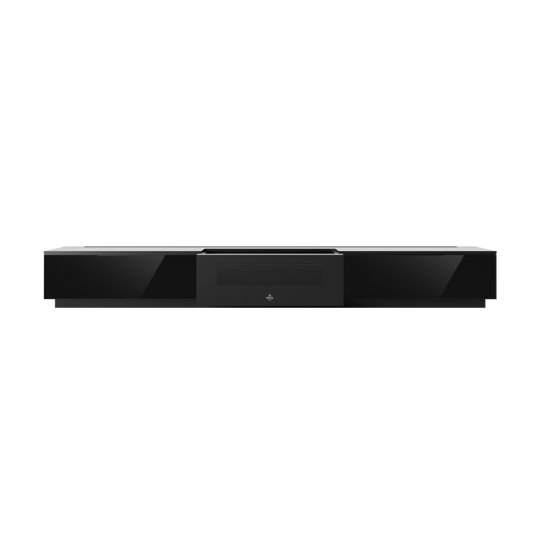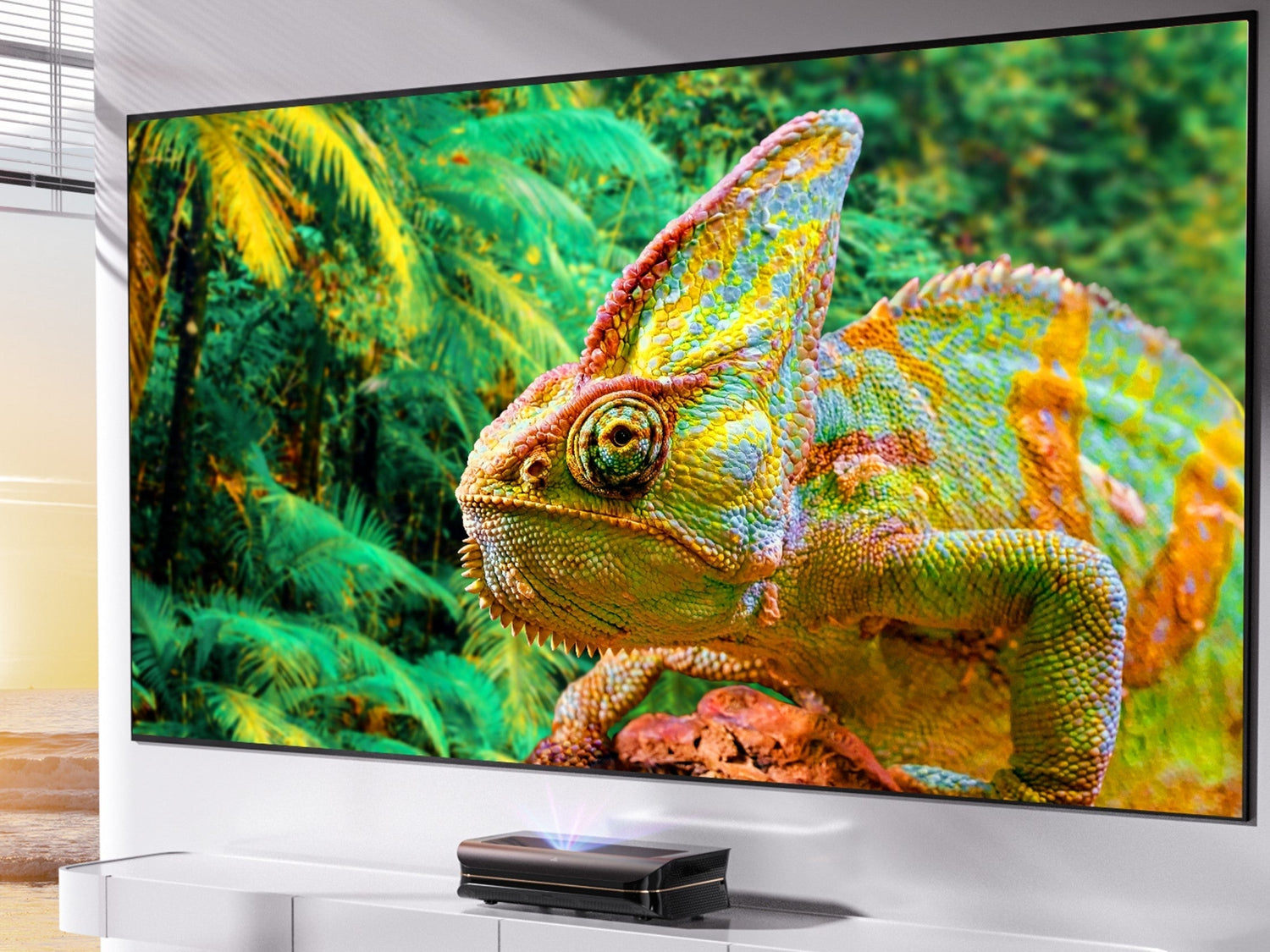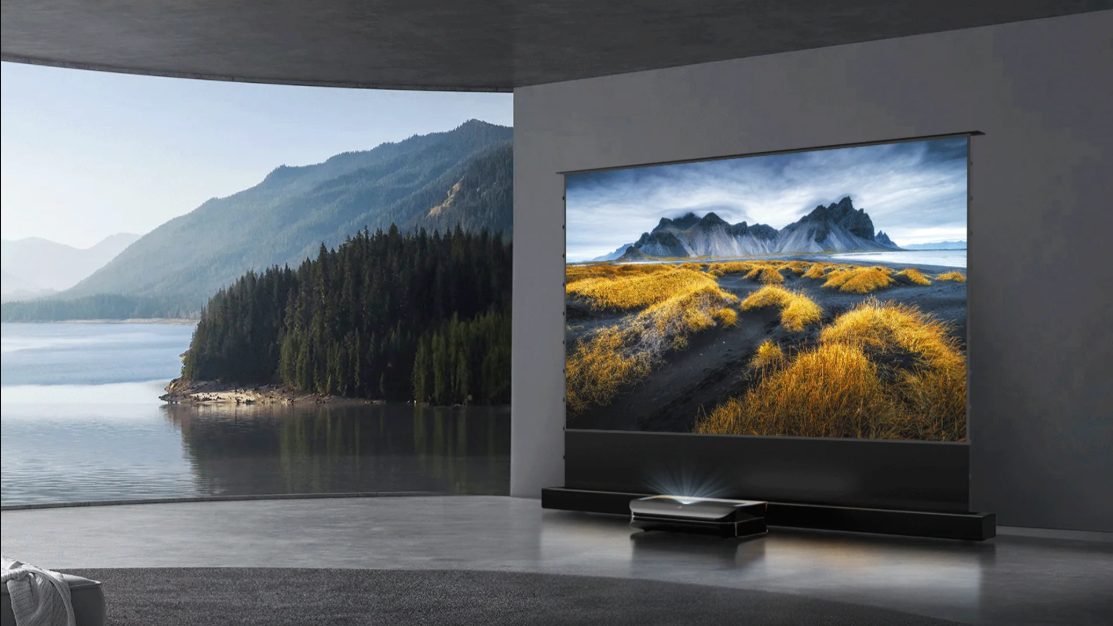For what feels like forever, the home cinema conversation has revolved around one thing: pixels. It's been a constant race for more, from 4K to 8K. But what if the biggest leap forward in picture quality isn't just about the number of pixels, but about how rich, smart, and realistic each one can look? This is the core HDR meaning.
So, what does HDR stand for? The acronym stands for High Dynamic Range, and it's the technology that transforms a flat image into a vibrant experience that mirrors reality. This guide will break down the true HDR meaning, answer key questions like "Is HDR better than 4K?", and show you how to get the most genuine HDR experience from your projector.
What is the Real HDR Meaning? A Look Beyond the Acronym
At its heart, the meaning of High Dynamic Range is about expanding a picture's color and contrast to better match what our eyes see in the real world. Imagine looking at a beautiful landscape through a dusty window—that's standard video (SDR). You see the scene, but the brightest parts of the sky look washed out and you lose all the detail in the shadows. HDR is like throwing that window wide open. Recommended reading: Comparing SDR vs. HDR
This touch of magic comes from two key technical improvements:

The Science of Light (Luminance & Contrast)
Content in Standard Dynamic Range (SDR) is designed for older screens that have a very limited peak brightness, topping out at about 100 nits. It's the reason why a bright light in an SDR video often just looks like a flat, white circle—an issue known as "clipping." HDR content, on the other hand, is created for much higher brightness levels (often over 1,000 nits), creating brilliant "specular highlights"—that intense glint of sunlight on water or the flash of an explosion—that feel incredibly real. Recommended reading: Nits vs. Lumens
The Science of Color (Gamut & Depth)
The other half of the HDR equation is color. HDR uses a wider color gamut (Rec. 2020) to display millions more colors than SDR (Rec. 709). It also uses 10-bit color depth (over 1 billion shades) compared to SDR's 8-bit (16.7 million shades), which eliminates "color banding" and makes gradients like a sunset look perfectly smooth.
Is HDR Better Than 4K? Pixels vs. Picture Quality
This is the most common question, and the answer is simple: they aren't competitors; they are partners. You shouldn't think of it as HDR vs. 4K, but rather 4K and HDR.
-
4K (or UHD) = The Canvas. This refers to the resolution, or the number of pixels (3840×2160). It provides a sharp, detailed foundation.
-
HDR = The Paint. This refers to the quality of each pixel—its brightness, contrast, and color. It brings realism and vibrancy to the canvas.
So, is HDR better than 4K? Many experts would argue yes. A 1080p HDR image can often look more impressive and lifelike than a 4K SDR image. While HDR is most common on 4K content, the technology itself is about color and light, not resolution. For the ultimate home cinema, what you're really aiming for is 4K HDR, giving you both the detailed canvas and the lifelike paint.
Is HDR Worth It on a Projector? The High-Performance Litmus Test
Absolutely, but with a major condition: the projector must be powerful enough to handle it. The technical demands of HDR serve as a tough litmus test for any display. Many projectors can accept an HDR signal, but if they lack the necessary light output and color processing, the picture can look dim, washed out, and even worse than good SDR.
This is exactly where a premium laser projector shows its worth. Can laser projectors do HDR? Yes, and high-end models are built for it. To pass the HDR test, a projector needs an engine built for power. The AWOL Vision LTV-3500 Pro, for instance, was engineered for this:

-
Its 3000 ISO Lumens deliver the raw power needed to display brilliant highlights on a huge screen.
-
Covering 107% of the Rec. 2020 color gamut means it can reproduce the billions of colors HDR offers, making every scene come alive.
When to Choose HDR (And When SDR Might Be Better)
While HDR offers a breathtaking experience, it isn't always the best choice for every situation. The decision to turn HDR on or off depends on your hardware, your content, and what you're doing.

Choose HDR for:
-
Cinematic Movies & Shows: For watching high-quality content from services like Netflix, Disney+, or 4K Blu-rays in a dark or dimly-lit room, HDR is unbeatable. It delivers the stunning contrast and vibrant colors exactly as the director intended.
-
Story-Driven & Visually Rich Games: In games where visual immersion is key (like Cyberpunk 2077 or Red Dead Redemption 2), HDR creates a deeply engaging and realistic world.
You Might Prefer SDR When:
-
Competitive Gaming: In fast-paced, competitive online games (like Valorant or Call of Duty), performance is everything. HDR processing can add a tiny amount of input lag, and its deep, realistic shadows can sometimes make it harder to spot opponents hiding in dark corners. Many pro gamers choose SDR with boosted brightness for maximum visibility over visual fidelity.
-
Viewing in a Bright Room: HDR's greatest strengths are its perfect blacks and brilliant highlights. In a room with significant ambient light, those deep blacks get washed out anyway. In this case, a bright, punchy SDR picture might appear more vibrant and satisfying to your eyes.
-
Watching Poorly Mastered Content: Not all HDR is created equal. Some movies or shows have a flawed HDR grade that can look overly dark or have unnatural colors. If the picture just doesn't look right, don't be afraid to switch to the SDR version—it might provide a more balanced and comfortable viewing experience.
-
General Desktop Use: Operating systems like Windows can sometimes struggle with HDR, making your non-HDR apps and web browser look washed-out. Many users prefer to keep HDR off for general use and only enable it right before starting a movie or game.
Decoding HDR Formats: HDR10 vs. Dolby Vision on Your Projector
The term "HDR" is a family of different formats, or "languages." The format your movie uses—and the one your projector understands—dictates the final quality.
-
HDR10: The universal starting point. It uses static metadata, meaning one set of instructions is applied to the entire film.
-
HLG: The format used for live TV broadcasts.
-
HDR10+ and Dolby Vision: The advanced formats. The main difference between HDR10 and HDR10+ or Dolby Vision is their use of dynamic metadata, which fine-tunes the brightness and color scene-by-scene. This ensures a perfectly optimized picture.
A projector that supports all formats, like the AWOL Vision LTV-3500 Pro, is fluent in every language, guaranteeing it shows the image precisely as the director intended.
A Bonus Note: What Does HDR on an iPhone Mean? When you see "HDR" on your iPhone camera, it refers to a slightly different process. It's a form of computational photography. The phone instantly takes multiple photos at different exposures (one dark, one bright, one in-between) and merges them into a single, better-looking photo. This brings out more detail in both the bright sky and the dark shadows of your pictures, applying the same core principle of "High Dynamic Range" to still photography.
Conclusion: Experience the True Meaning of HDR
The path to a truly immersive picture isn't about counting pixels anymore; it's about making each pixel count. Understanding the full HDR meaning reveals that true-to-life color and light are the keys to breathtaking visuals. But as we've seen, it's a demanding standard that requires a capable device and the right situation to unleash its stunning potential.
Ready to see what true HDR is all about? Explore the AWOL Vision LTV-3500 Pro and discover the difference between simply watching a movie and feeling like you've stepped right inside it.
